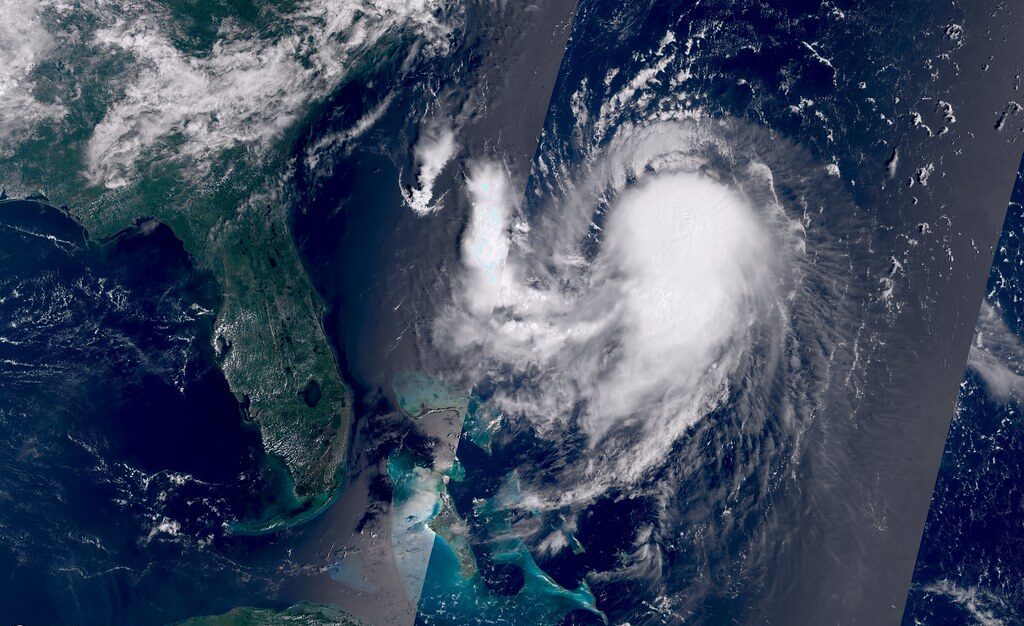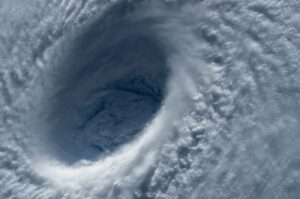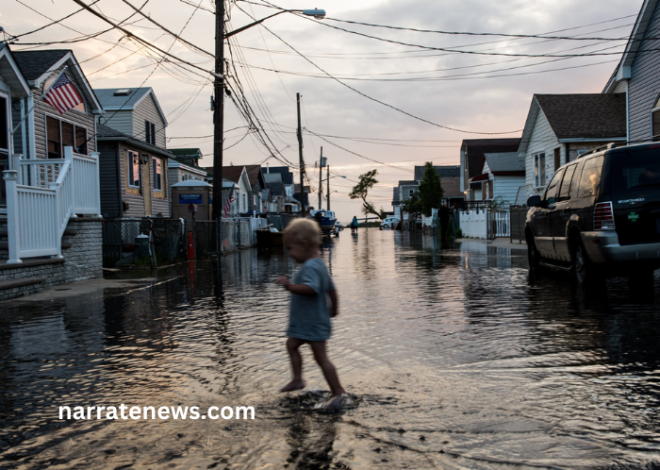
Fury of Nature: Understanding Hurricane Tropical Storm Henri
Introduction
Nature’s power is both awe-inspiring and, at times, destructive. One of the most formidable displays of nature’s might is the occurrence of hurricanes and tropical storms. In recent memory, Hurricane Tropical Storm Henri left an indelible mark on the Atlantic, capturing the attention of meteorologists, emergency responders, and residents along the affected coastlines. In this article, we will delve into the intricacies of Hurricane Tropical Storm Henri, exploring its formation, trajectory, impacts, and the lessons it imparts about the increasing complexity of weather patterns.
Hurricane Tropical Storm Henri Formation and Evolution
Hurricane Tropical Storm Henri originated from a disturbance that developed over the central Atlantic Ocean in early August. As warm ocean waters fuel the growth of tropical storms, the disturbance gradually organized and intensified, forming the basis for the development of a tropical cyclone. Warm sea surface temperatures, minimal wind shear, and high humidity are key ingredients that contribute to the strengthening of tropical systems.
Henri officially became a tropical storm on August 16, 2021, and rapidly gained strength as it moved across the Atlantic. As it approached the northeastern Caribbean, the storm encountered favorable conditions, allowing it to intensify into a hurricane. The National Hurricane Center closely monitored Henri’s trajectory, providing timely updates and warnings to areas potentially in its path.
Trajectory and Landfall
The path of Hurricane Tropical Storm Henri was closely monitored by meteorologists and emergency management teams as it approached the eastern United States. The storm’s trajectory evolved over time, influenced by various atmospheric factors, including the Bermuda High, a high-pressure system in the Atlantic that plays a significant role in steering hurricanes.
Henri ultimately made landfall on August 22, 2021, near Westerly, Rhode Island, as a tropical storm. While it did not reach hurricane strength at landfall, Henri brought heavy rainfall, strong winds, and the threat of storm surge to the region. The storm’s impact extended across a broad area, affecting states such as Connecticut, Massachusetts, and parts of New York.
Impacts on Coastal Communities
The impacts of Hurricane Tropical Storm Henri varied across the affected regions, highlighting the complexity of forecasting and the need for comprehensive emergency preparedness. Some of the key impacts included:
-
Heavy Rainfall:
Henri unleashed substantial rainfall over the northeastern United States, leading to flash flooding in various areas. The combination of saturated soils and persistent rainfall raised concerns about river flooding and overwhelmed urban drainage systems.

-
Strong Winds:
While Henri weakened to a tropical storm before making landfall, it still carried strong winds that caused power outages, toppled trees, and damaged infrastructure. Coastal areas experienced elevated wind speeds, and residents were urged to take precautions.
-
Storm Surge and Coastal Flooding:
The threat of storm surge accompanied Henri as it approached the coast. Coastal communities faced the risk of flooding due to the combination of storm surge and high astronomical tides. This prompted evacuations and heightened concerns about the vulnerability of low-lying areas.
-
Emergency Evacuations:
In anticipation of the storm’s impacts, emergency management officials ordered evacuations in certain coastal areas. These measures aimed to ensure the safety of residents and reduce the risk of harm from potential storm-related hazards.
-
Preparedness and Response Efforts:
State and local governments, alongside federal agencies, activated emergency response plans to address the impacts of Henri. This included deploying rescue teams, establishing emergency shelters, and providing timely information to the public through various communication channels.
Lessons Learned and Climate Change Considerations
Hurricane Tropical Storm Henri, like many tropical systems, serves as a reminder of the dynamic and evolving nature of weather patterns. Understanding the factors that contribute to the formation and intensification of hurricanes is crucial for effective preparedness and response. Additionally, the changing climate has introduced new complexities into the study of tropical storms, prompting scientists to consider the influence of climate change on their frequency and intensity.
-
Warming Ocean Temperatures:
The primary fuel for hurricanes is warm ocean water. As global temperatures rise, ocean temperatures also increase, providing a conducive environment for the development and intensification of tropical storms. The link between climate change and the warming of sea surface temperatures underscores the need for ongoing research and monitoring.
-
Shifts in Weather Patterns:
Climate change can influence atmospheric circulation patterns, affecting the trajectories of hurricanes. Changes in the jet stream and atmospheric conditions can steer storms in unexpected directions, impacting regions that may not have historically been as vulnerable.
-
Sea Level Rise and Storm Surge:
Rising sea levels, attributed to melting glaciers and thermal expansion, contribute to higher storm surges during hurricanes. Coastal areas face an increased risk of flooding, emphasizing the importance of adaptive measures and infrastructure resilience to mitigate the impacts of storm surge.
-
Community Resilience:
The impacts of Hurricane Tropical Storm Henri underscore the importance of community resilience. Effective emergency preparedness, early warning systems, and infrastructure resilience are vital components of reducing the vulnerability of communities to the impacts of tropical storms.
Conclusion
Hurricane Tropical Storm Henri, while not reaching the intensity of some historic hurricanes, left a lasting impact on the northeastern United States. The storm served as a reminder of the importance of proactive preparedness, robust emergency response plans, and ongoing research to understand the complex interactions of atmospheric and oceanic systems.
As we confront the challenges presented by a changing climate, the lessons learned from events like Henri become even more critical. Adapting to the evolving nature of tropical storms requires a multifaceted approach that includes scientific research, community engagement, and policy initiatives aimed at mitigating the impacts of climate change.
While we cannot control the forces of nature, our ability to prepare, respond, and adapt can make a significant difference in minimizing the human and economic toll of tropical storms. Hurricane Tropical Storm Henri is a testament to the resilience of communities and the ongoing need for vigilance in the face of nature’s unpredictability.


